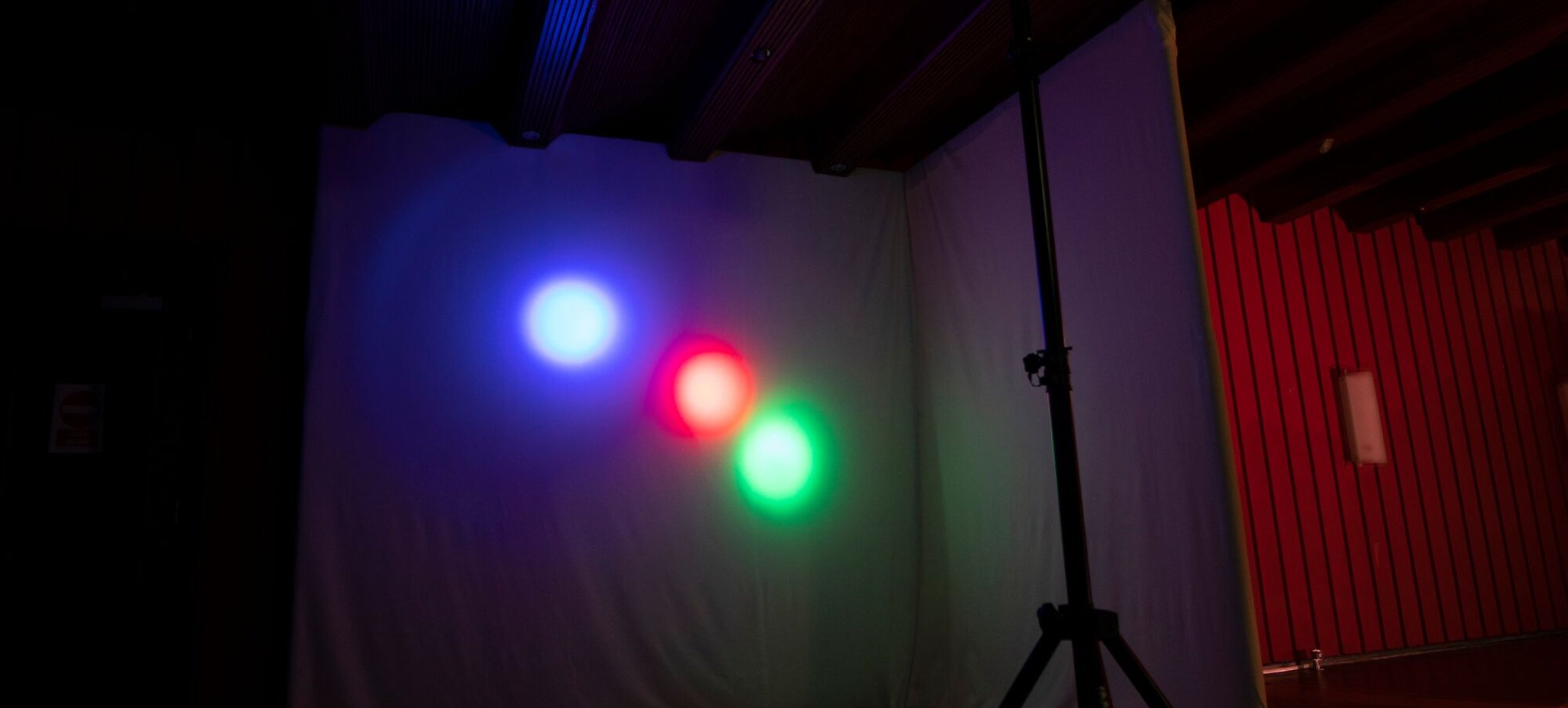Erik de Geus

Apparent behaviour in light
An experimental study of apparent behaviour is a research executed in 1944 by psychologists Fritz Heiderand Marianne Simmel. A short animation was shown, of abstract shapes moving in specific directions, and sometimes into and out of a rectangular box. After watching the animation, the viewers were asked what kind of person the shapes were. They could come up with different kinds of storylines and characteristics based on the movements.

Our ability to recognize behaviour is still relevant today, especially in how we design our build environments. This can help us to empathise with each other but also incorrectly judge the people we don’t know. To put the animation in a modern context, this light installation re-enacts the principle of moving shapes and combines it with the use of algorithms. The original animation was all made by hand, with the use of stop motion techniques. A lot of techniques have evolved since then and nowadays we use algorithms for generative design and abstract storytelling.
This light installation shows short autonomous performances of 90 seconds each, by three main characters which take the form of light beams. In every performance each light gets assigned a different interaction behaviour, like aggression, fear, or love. The computer performs by running the code, but it’s up to you to interpret the story.

Erik de Geus - Apparent Behaviour in Light from Design Art Technology Arnhem on Vimeo.
Deze pagina is voor het laatst gewijzigd op 15 juli 2021
Sta jij op deze pagina? En heb je een opmerking? Mail naar de redactie.